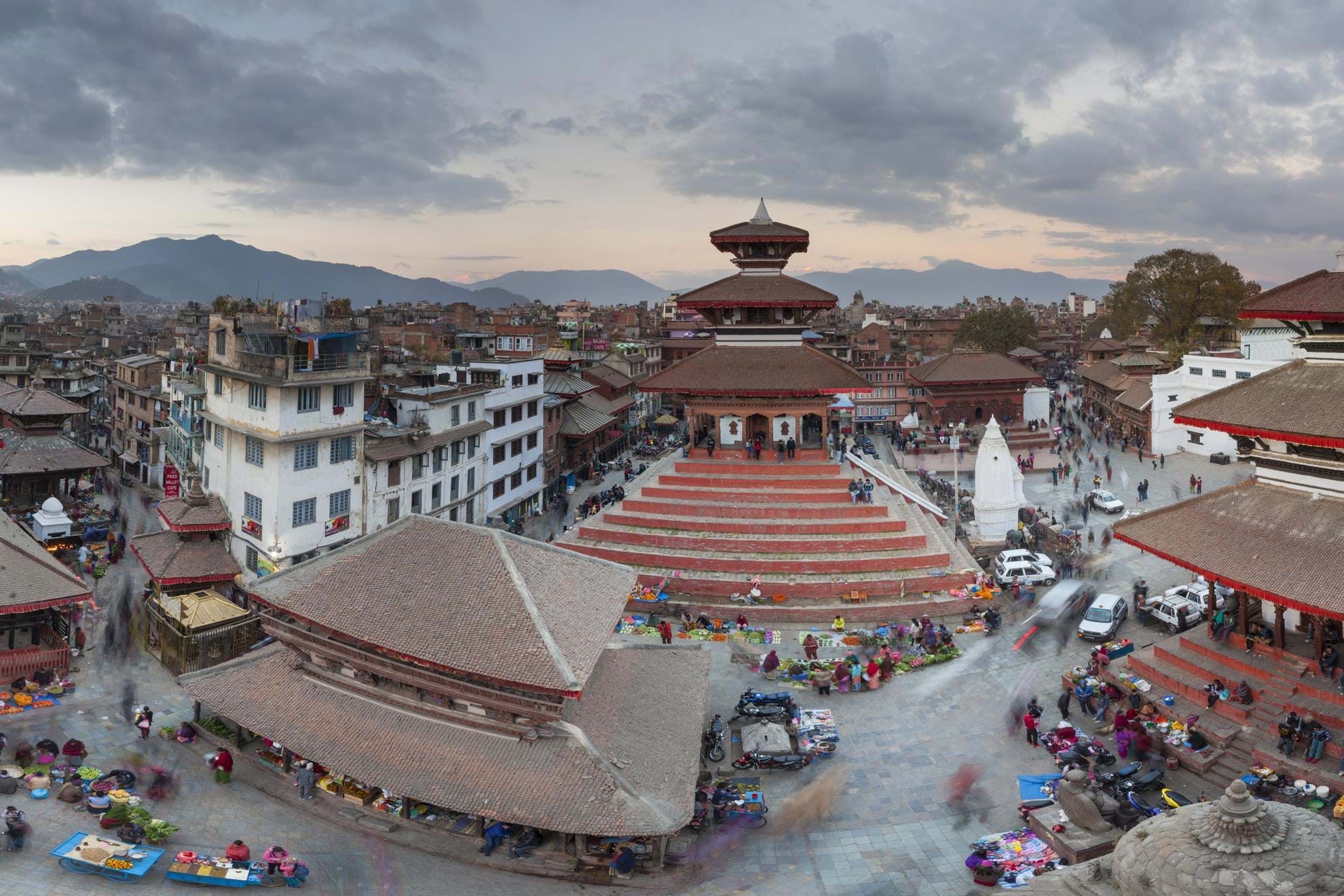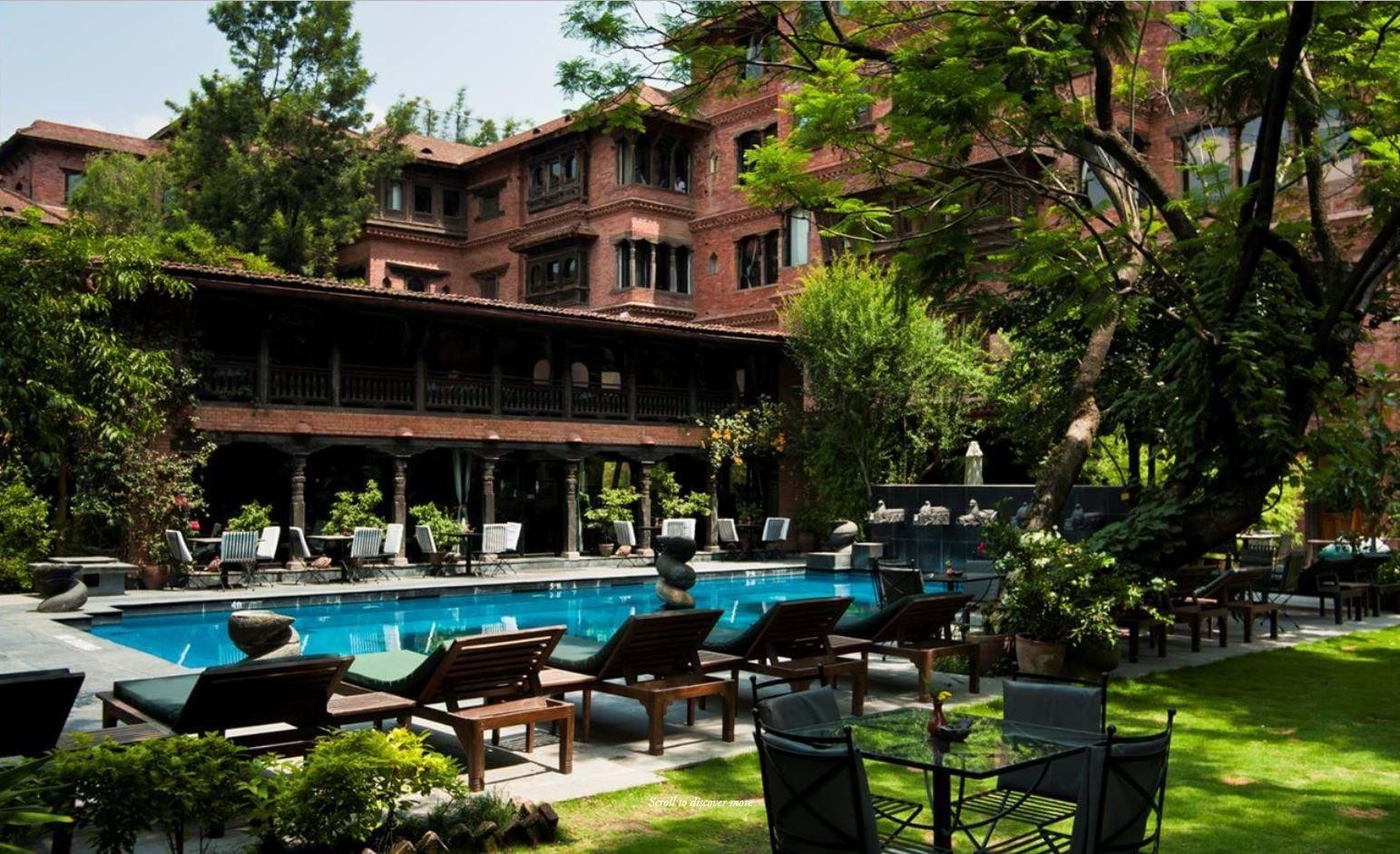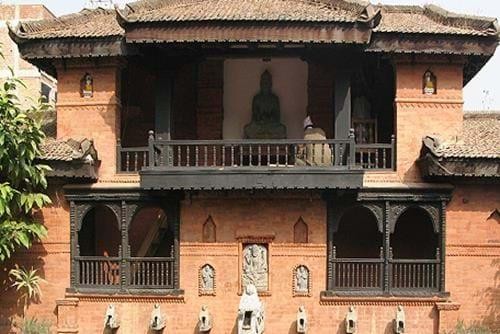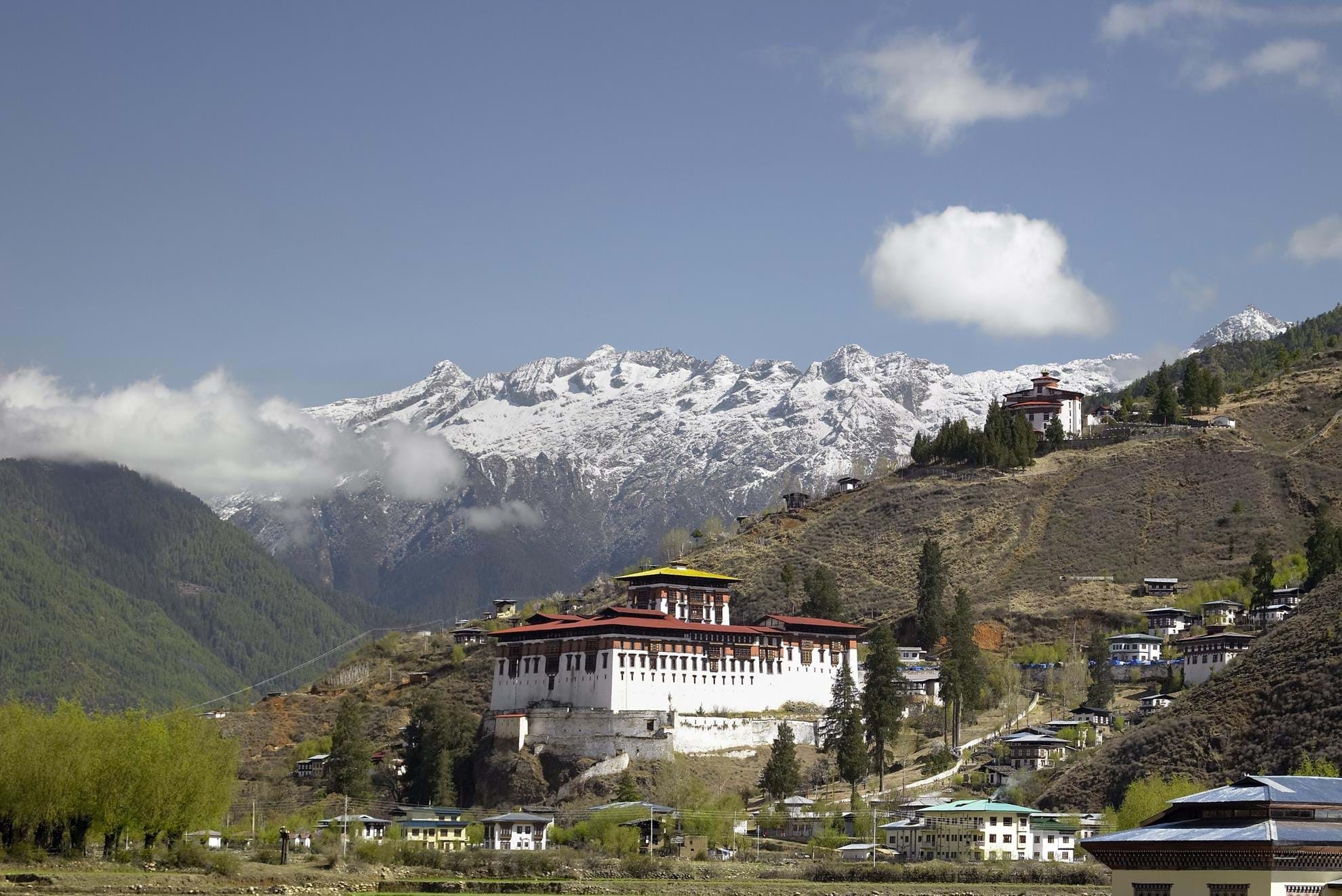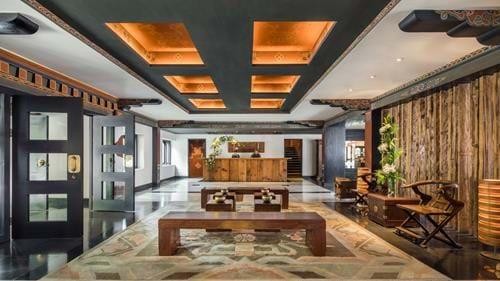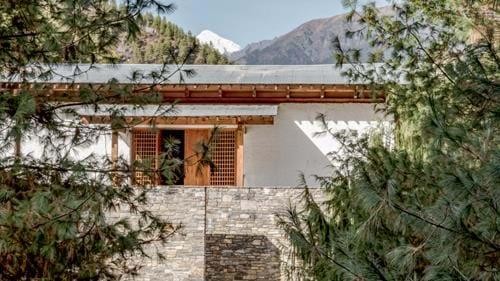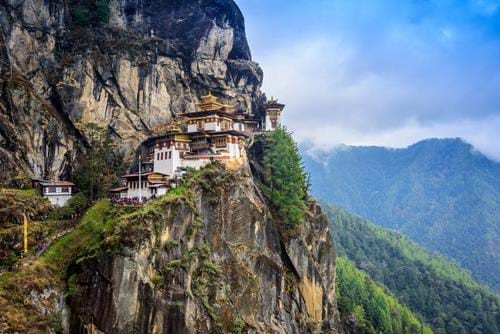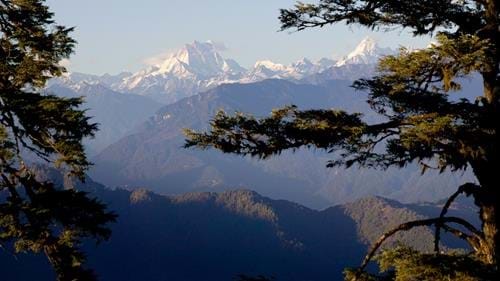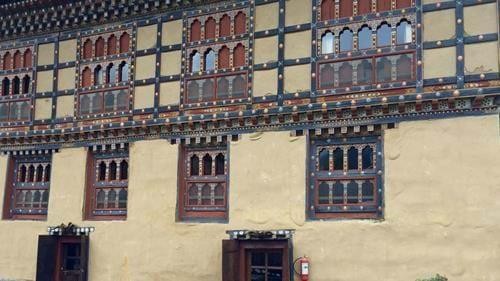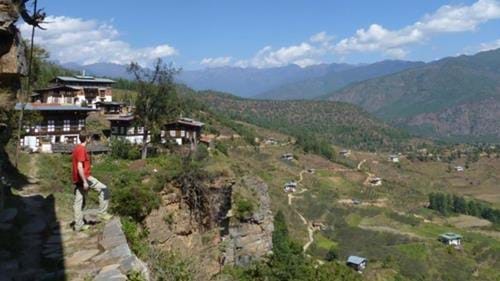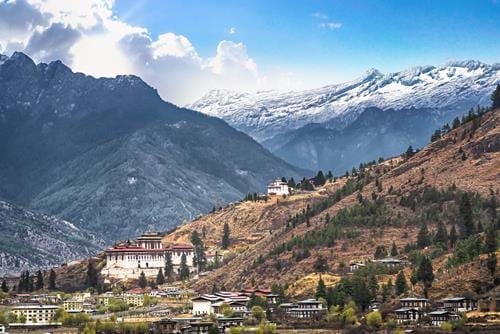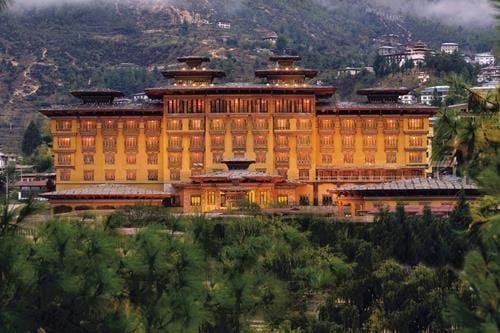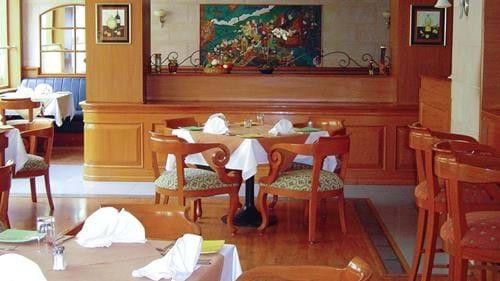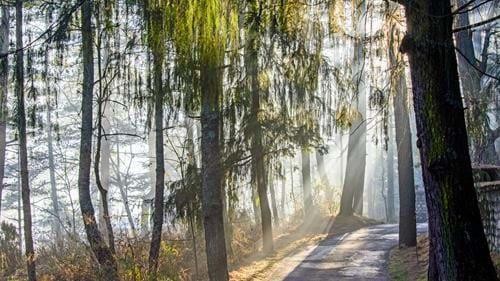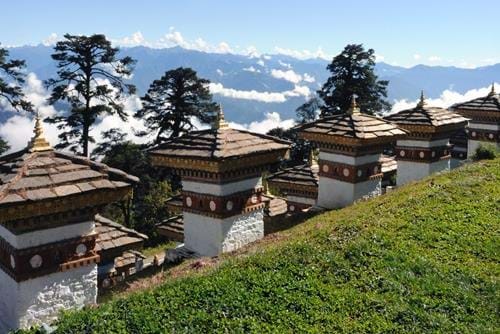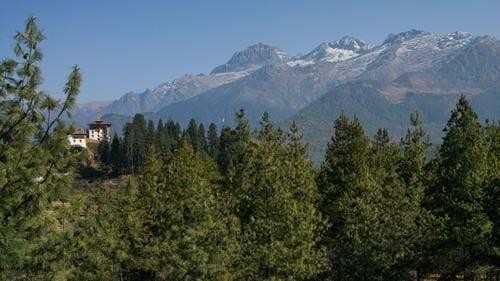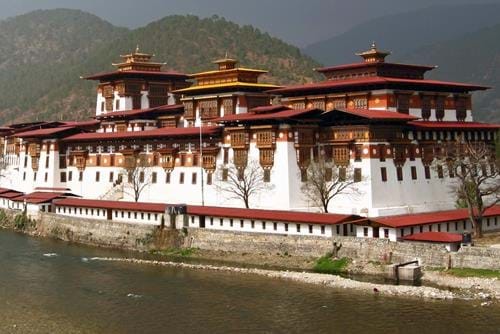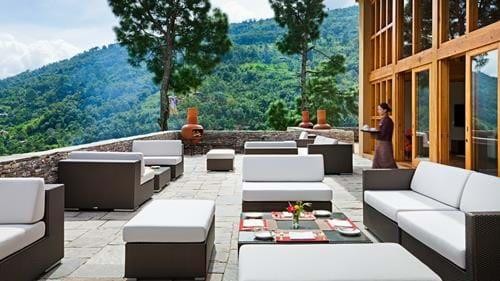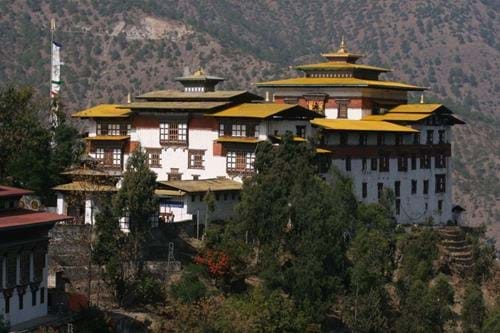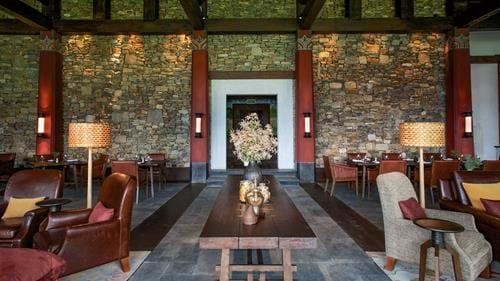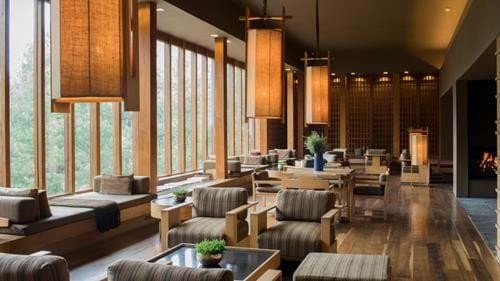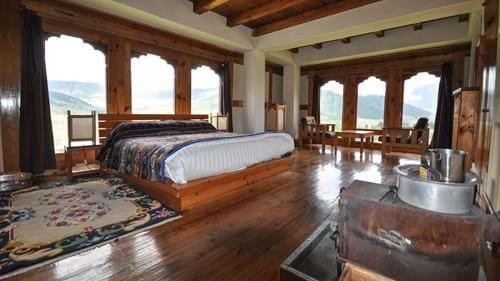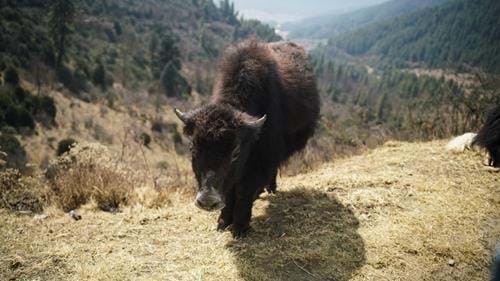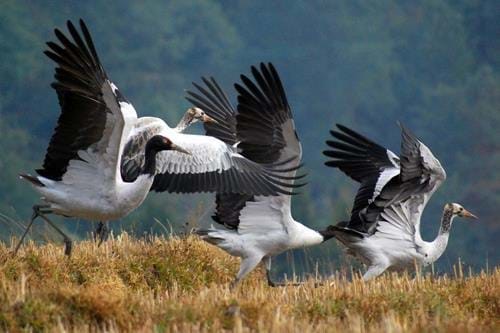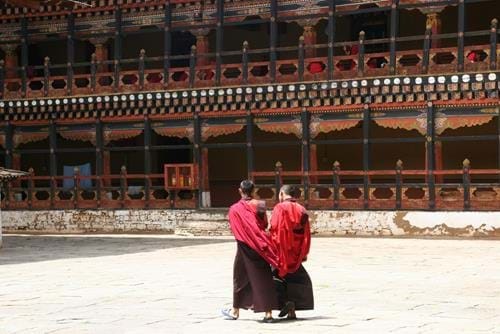Tailor-Made Tour
- Duration15 Days
- Flights IncludedYes
- Prices From £ 8445
 Places Visited :
Kathmandu, Paro, Haa, Thimpu, Punakha, Gantey
Places Visited :
Kathmandu, Paro, Haa, Thimpu, Punakha, Gantey
Whether you're celebrating a honeymoon, a special anniversary or simply want to enjoy a perfect vacation this two week exploration of Bhutan provides the ultimate back-to-nature experience. The journey begins with a stopover in Kathmandu and covers all of Bhutan's highlights, including its spectacular dzongs, monasteries palaces and some of its incredibly beautiful valleys. We follow a range of trails over the course of which you’ll experience life in rural Bhutan at close quarters, explore ever changing landscapes, from swirling, sub-tropical rice terraces to mossy cypress and rhododendron forests, yielding glimpses of the country’s highest snow-capped mountains.
The walks have been carefully chosen to be accessible to anyone with a moderate level of fitness; they’re mostly at level ground with only short ascents with a car waiting at the end to whisk you back to your hotel. You’ll be accompanied by a local guide throughout.
Enjoy a compelling blend of traditional Bhutanese culture and glorious Himalayan scenery on this expertly crafted, fortnight-long trip designed especially for active nature lovers.
Remember, this trip can be personalised to suit your travel needs - we can tailor everything from hotel, travel type, duration and more.

